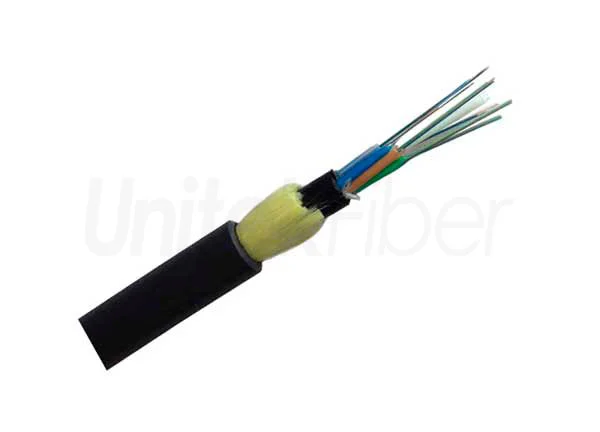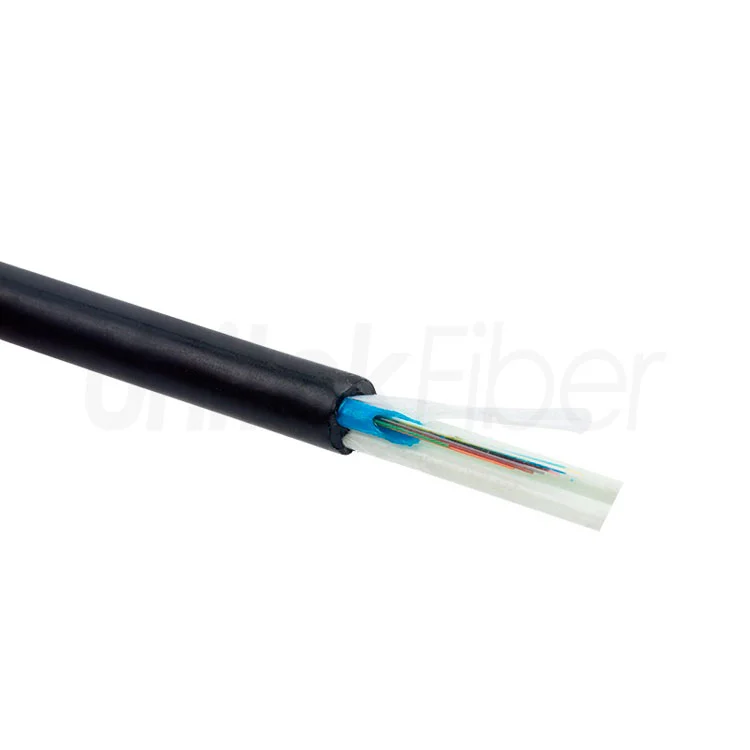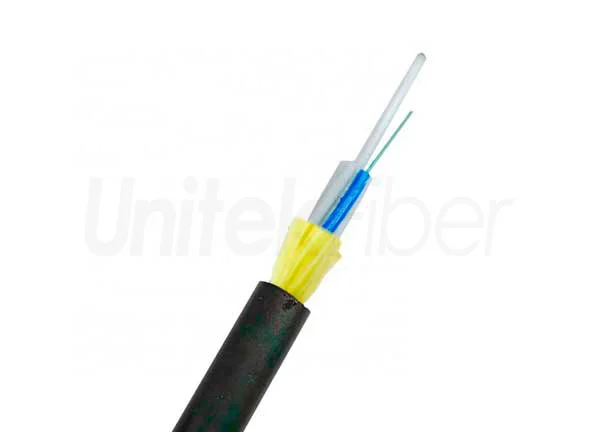
In power communication networks, ADSS (All-Dielectric Self-Supporting) fiber cables have emerged as the preferred solution for both retrofit and new installations along 10 kV to 220 kV transmission lines, as they can be deployed independently without mechanical attachment to power conductors. However, when operating voltages reach 110 kV and above, ordinary outer sheaths are insufficient to withstand the effects of electrolytic corrosion caused by strong electric fields. In such environments, AT (Anti-Tracking) sheaths play a critical role in preventing surface degradation and ensuring the long-term reliability and stability of ADSS cable performance.
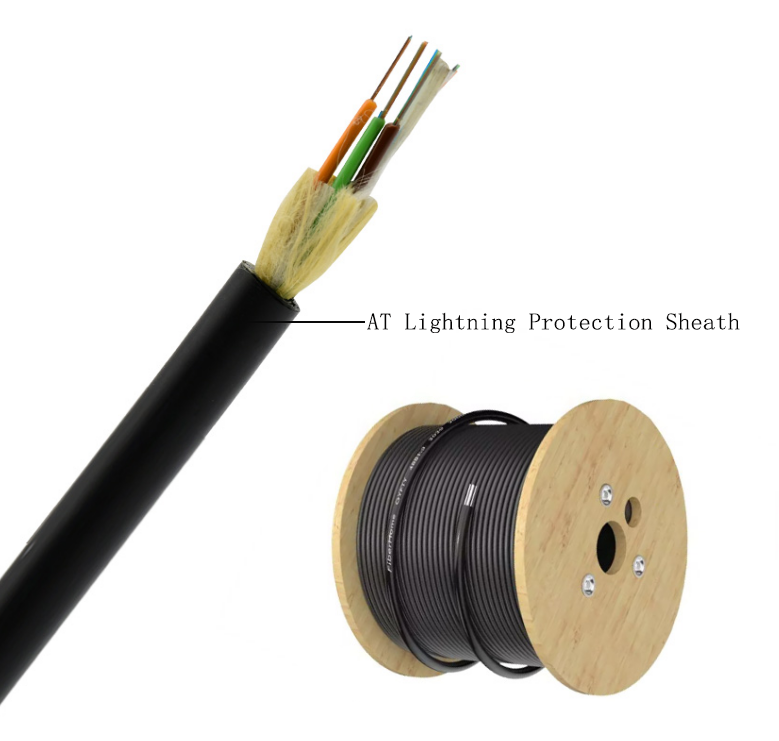
ADSS aerial cable are fully dielectric structures without metallic strength members or armor layers, providing inherent electrical insulation. Under high-voltage environments of 110 kV and 220 kV, although the adss fiebr cable itself is non-conductive, varying electric potentials are induced along its sheath. Ordinary PE (Polyethylene) sheaths are prone to electrical tracking and corrosion under the electric field, which can result in sheath cracking, reduced insulation performance, and potential fiber damage. In contrast, AT sheaths, engineered with specialized material formulations and advanced processing technologies, significantly enhanced tracking resistance.
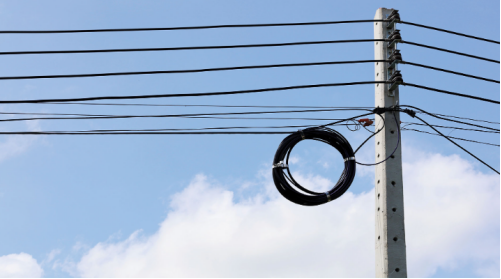
Excellent Anti-Tracking Performance: By reducing carbon black content and adding anti-tracking additives, the AT sheath achieves a more uniform electric field distribution, enabling the adss outdoor fiber optic cable to withstand higher electric field intensities without surface degradation or corrosion, ensuring safe operation of adss cable in high-voltage environments.
Weather Resistance and Mechanical Strength: The AT sheathed ADSS fiber cable delivers excellent UV and high-temperature resistance, ensuring long-term stability under prolonged outdoor exposure. Its lightweight design minimizes mechanical load on towers while maintaining reliable performance under extreme weather conditions, including strong winds, heavy rain, and hail.
Extended Service Life: On 110 kV–220 kV transmission lines, the AT sheath significantly enhances the long-term durability of ADSS cables, extending their design lifespan from approximately 15 years (with ordinary sheaths) to over 25 years. This improvement greatly reduces maintenance frequency and associated operational costs.
High-Voltage Transmission Line Retrofit: On transmission lines rated at 110 kV and above, AT-sheathed ADSS fiber cables can be directly deployed to replace existing communication lines without requiring power outages and significantly reducing construction time.
New Lines in Areas with Strong Electric Fields: In regions with concentrated electric field distribution, such as substation outgoing sections and large-span crossings, AT sheathed adss cable effectively suppress electrolytic corrosion and enhance the long-term reliability of optical communication systems.
Coastal or Industrially Polluted Areas: The enhanced corrosion resistance of AT sheaths provides effective protection against salt spray, acid rain, and other aggressive chemical agents, making ADSS fiber cable suitable for deployment in harsh environments such as chemical industrial zones, coastal regions, and port facilities.

Choosing UnitekFiber AT-sheathed ADSS fiber cable represents not only a technological upgrade, but a strategic investment in grid security and communication efficiency. Across 110 kV to 220 kV transmission systems, from urban networks to remote installations, the AT sheathed ADSS aerial cable serves as an invisible protective barrier, safeguarding every inch of high-voltage line for smooth communication.

